Answered step by step
Verified Expert Solution
Question
1 Approved Answer
answer these problems Measurements of scientific systems are always subject to variation, some more than others. There are many structures for measurement error, and statisticians
answer these problems
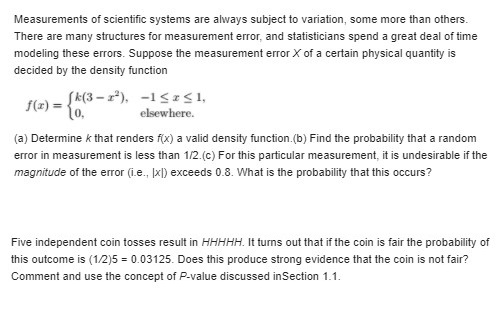
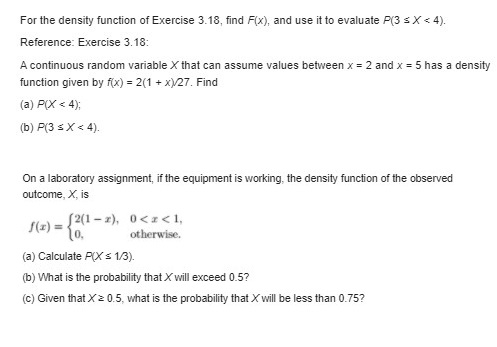
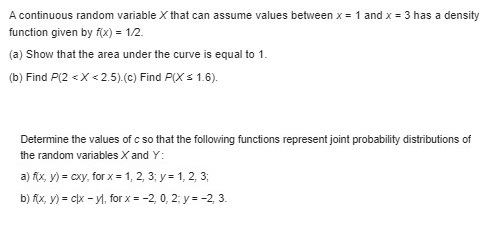

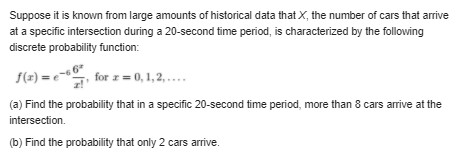
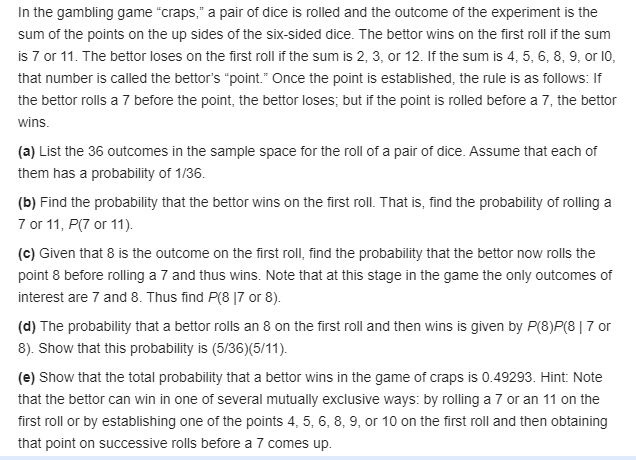
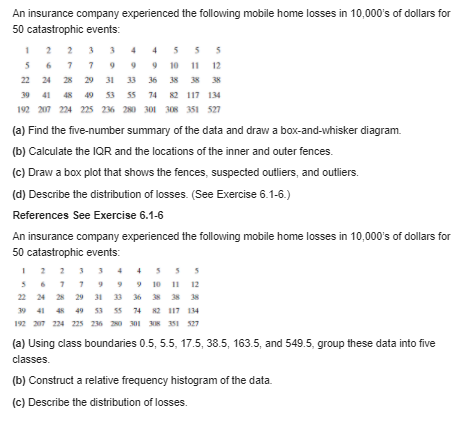
Step by Step Solution
There are 3 Steps involved in it
Step: 1

Get Instant Access to Expert-Tailored Solutions
See step-by-step solutions with expert insights and AI powered tools for academic success
Step: 2

Step: 3

Ace Your Homework with AI
Get the answers you need in no time with our AI-driven, step-by-step assistance
Get Started


